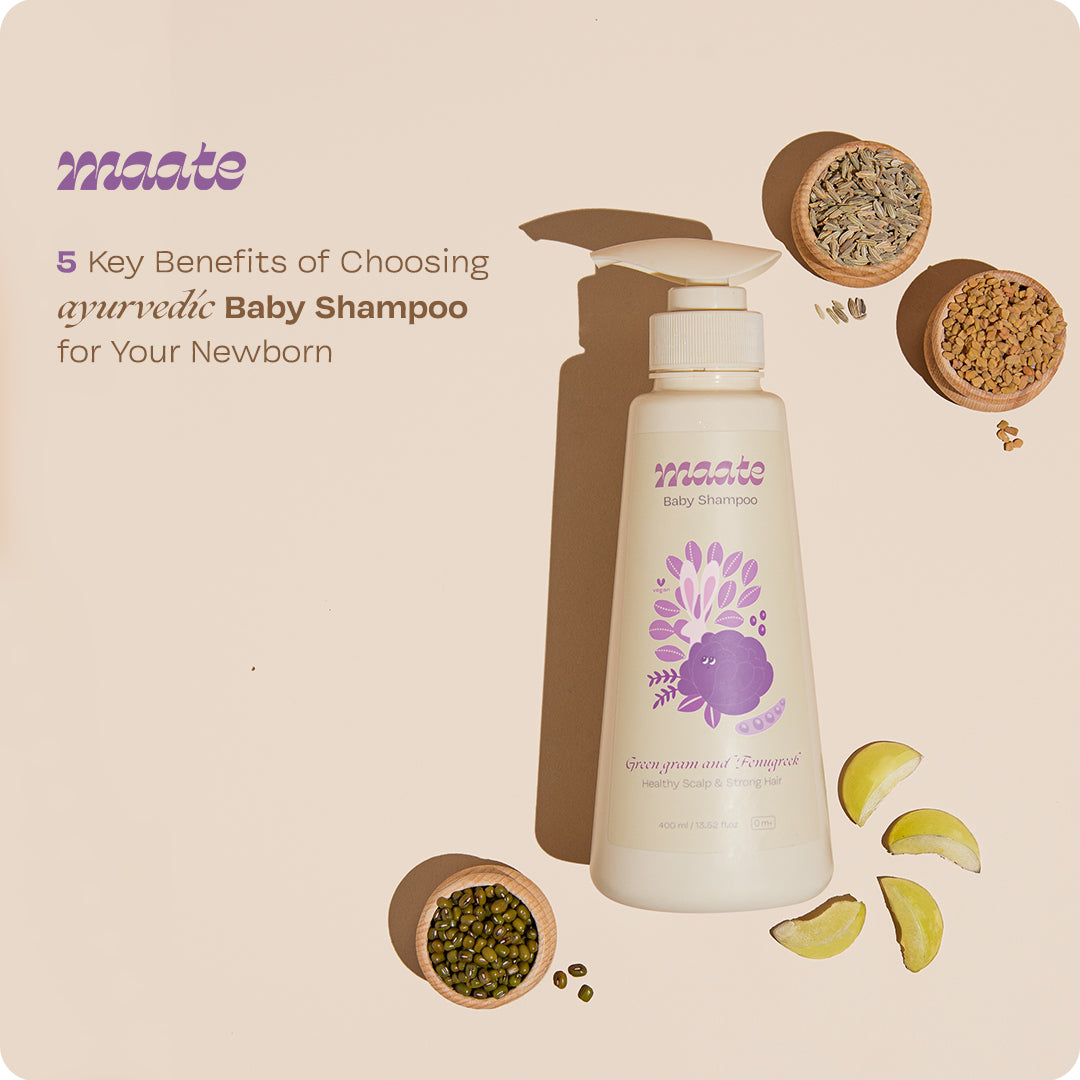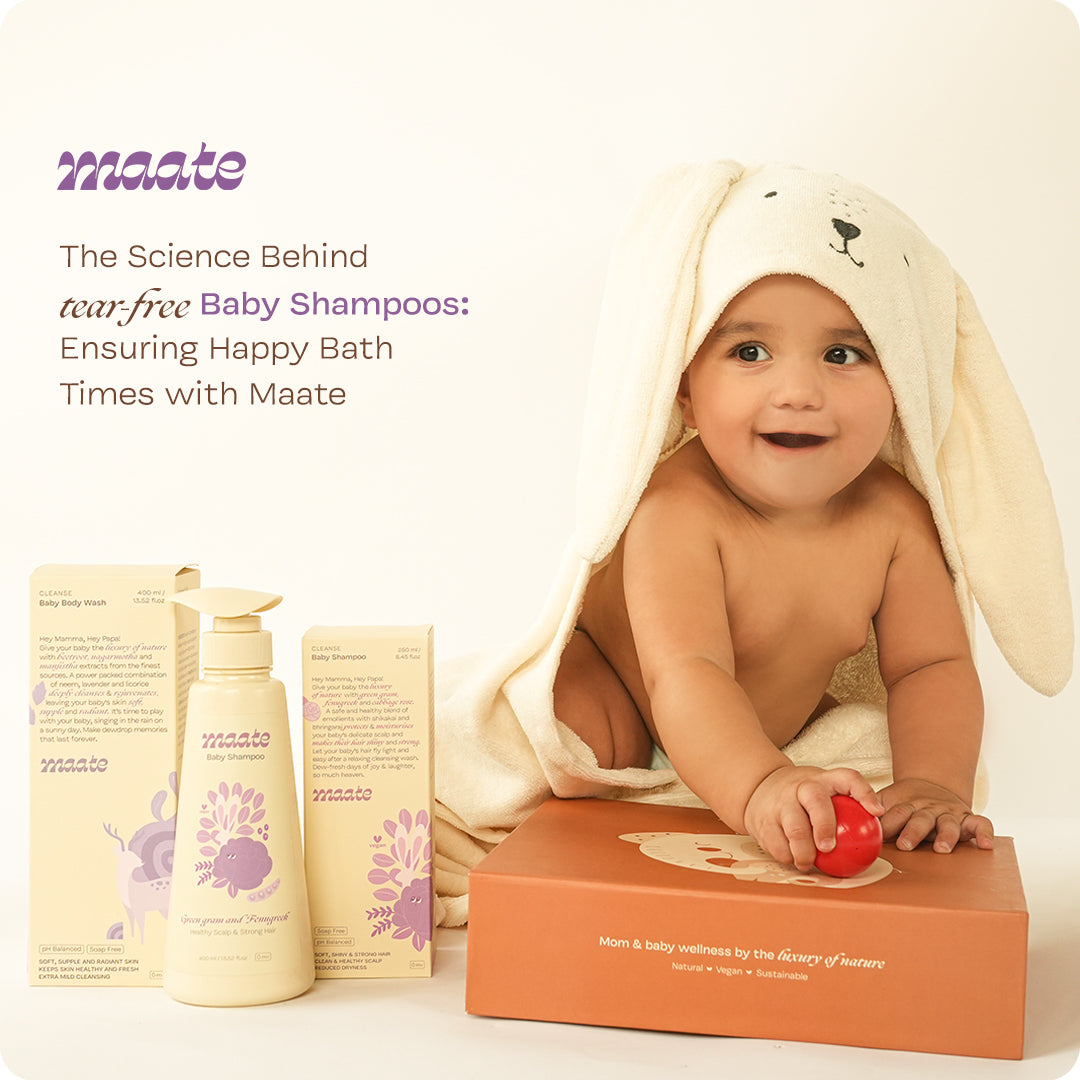How warm is too warm for your baby? How can you tell your baby is feeling cold? We may presume that our babies are comfortable if we are. Is this true?
You would think we are all calibrated to feel similarly, but this is not so. Think about it, even when you share a space with other people, some feel colder than others in the winter, and likewise, some may feel hotter. Temperatures affect every human being in a different way. But here’s the difference between you, me and baby. We can reach out for a sweater or shawl, but baby cannot. Likewise, if the quilt over us is too heavy or hot, we can throw it off. A baby under four months definitely cannot as she does not have the strength. As your baby grows older, she can push away a cover, but she still cannot pull it back over when she gets cold.
It is important not to assume your baby is cold, hot or otherwise. So how can we tell what is right for baby?
How the baby’s body behaves
Let’s first understand how your baby’s body works.
A baby’s body is not able to regulate temperature like an adult, and this is the case till they are two years old.
Babies lose heat faster. A baby’s area of skin, in proportion to their weight is much more, in fact three times more than an adult: therefore, they lose heat faster.
Babies lose heat from their extremities. This is something adults and babies have in common. The extremities of our bodies – our hands, feet, ears and nose - get cold quicker. Our body mechanism conserves heat and energy, by reducing blood flow to these body parts.
Unlike adults, babies don’t shiver. Extreme cold, causes signals to be sent to your brain, which sends messages to the muscles to expand and contract and this is how we shiver. Babies have a special fat, which acts like insulation padding on their necks, chests, backs and butts.
Common concerns pediatricians face from young mothers
Most mothers are hyper about temperature concerns, says Dr. Rahul Nagpal, Director and Head of Pediatrics at Fortis Hospital, Vasanth Kunj, New Delhi. Babies, particularly newborn, have few ways to regulate their temperature independently. They are dependent on their caregivers. In conversation with Dr. Nagpal, we found out some common mistakes mothers make while trying to keep babies warm, are:
Over-layering: Anxious mothers clad their babies in too many layers, often crowding the baby so much that they cannot move freely. Sometimes they even outfit them with leather jackets. With already limited ability to move, a baby needs clothes that are easy on their bodies and limbs. Using lighter and thinner multiple layers is better than one thick piece of clothing. ‘Not too tight and not too loose’ should be your guiding line.
Tight synthetic first layer: A baby’s skin is sensitive, so care should be taken to ensure that the first layer in contact with the skin is soft and hypoallergenic. Remember, baby’s skin needs to breathe. Natural materials such as cotton, flannel and linen, preferably lightweight, should be used. Wool can also be prickly, and is best avoided in the first layer.
Causing neck irritation: A baby’s neck is short. Using the baby’s neck to tie their caps on or securing the strings around can cause redness and cut into the baby’s skin. Sweaters and woolens should not be tied too tightly around the neck, as this leads to dermatitis.
Miscalculating heat and damp: Moisture can cause as much harm in the winter when you put too many layers. Using clothes that are difficult to do nappy changes can additionally cause dampness to build up inside.
Overheated interiors: Mothers often dress up baby inside, the same as if they took them outdoors. Using heaters and air-conditioners can excessively dry up the air, leading to upper respiratory tract infections. Additional layers of clothing should be adjusted, keeping in mind indoor temperatures.
Sum up of tips for keeping your baby warm just right:
• Clothing should be comfortable – not too tight and not too loose
• One layer more than what you are wearing is a general rule of thumb
• Clothing fabric, especially the first layer, should let the skin breathe
• Avoid using clothes that build up moisture
• Dress your baby so it is easy to get access to do nappy changes and adjustments
What to watch out for
Is your baby’s tummy cool? That may be a signal she needs another layer. Remember, her hands and feet are likely to be cooler, so checking her belly, chest and back is a good way to find out.
Keep checking if your baby is comfortable. Baby’s body is not a good regulator of temperature, so he needs you. Moms and Dads must keep a watch out from time to time. Getting too warm can be as bad for your baby as getting too cold.
While babies sleep, they are even more vulnerable. A sleeping baby can communicate even less, than when they are awake. If you want to keep your baby comfortable while they sleep, dress them according to the environment.
Don’t leave out the fingers and toes. Yes, you now know that baby’s feet and hands will be cooler than the rest of their body. But, they should not get too cold either. The flesh tone of the feet and hands should appear pink and the skin should be just warm to touch, not hot.
Disclaimer:
Our blog brings you varied opinions and latest developments in baby care and products, as well as precautions in baby care. However, articles presented do not in any way supplement a doctor’s or medical practitioner’s advice and should not be taken as a substitute for medical intervention. The information presented in our blogs is made to be accurate to the best of our knowledge, but errors and variances may occur based on changing knowledge in related fields. Readers must consult with a medical professional for their specific problems and not rely on the articles presented in our blogs, which are meant to be informative in nature only.






